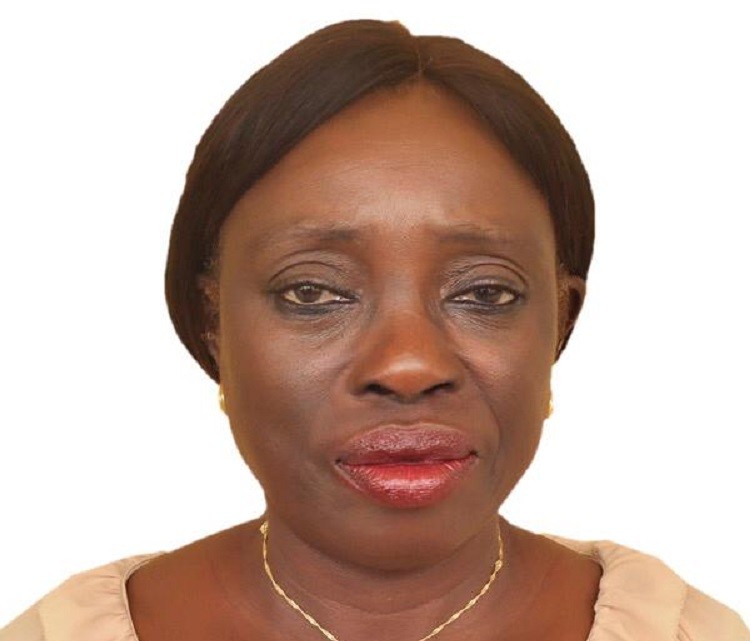As schools struggle to overcome the effect of the lockdown, the Federal Government College in Jos, Plateau State has revealed how it was able to teach no less than 600 students during the Covid-19 lockdown in the country.
Nigeria on March 19th, 2020 closed all schools to prevent the spread of the Corona virus (COVID19).
Advertisement
The closure of schools nationwide affected close to 46 million students throughout the country.
According to the United Nations Education Science and Cultural Organization (UNESCO) about 35.9 million primary and secondary school learners were left redundant and without education as a result of school closure during the pandemic.
For primary schools, the number totals approximately 25.6 million students, of which about 87 percent (23.5 million) are students enrolled in public schools.
Of the roughly 10.3 million secondary school students who are out-of-school as a result of the closures, approximately 81 percent (8.4 million) of them are public school students.
Advertisement
In an interview in Jos, the school Principal, Victoria Buba, told THE WHISTLER that despite the Covid-19 lockdown hitting hard on the country’s education, FGC Jos created an e-learning platform where at least 150 students in each class participated in classes at specific time.
The School Principal said “when the Covid came we were all thrown off balance. Sincerely, that hit education real hard. For children to stay at home for these number of months, that uncertainty of when schools would open was not really funny to me.
“So, what I did when we stayed the first, second months, I started saying we should see how to engage students. Thank God I had School Media (an e-learning technology firm) on ground. Because they also had their own software that we could use.
” And Technology Platform (an e-learning technology company) too had their own software that we could use. So, I had to meet with them and we started talking of what we could do.
” But something that made me quite happy here in Jos, even before we could get instruction from the Ministry of Education that we should go online, I had a few teachers who were already online with their students, on a personal basis.”
Advertisement
The school created a synergy between her ICT department and IT companies, enabling them to streamline education materials to harness the delivery to students.
She said that the school’s proactive steps were inspired by the deployment of technologies in FGC Kiana and FGC Benin where the Unity Schools have projectors already deployed in classrooms to aid teaching and learning.
“I saw a bit of the use of technology in the Federal Government College (FGC) Kiana. Because I worked closely with an ICT person and I saw the way he was doing the work with passion. And that brought me close to him.
“I had a better understanding of it when I was in Kiana because of my closeness with the ICT teacher. The young would always want to expose the students to e-learning.
” And that really caught my attention so much that while I am going round the school, monitoring the teaching and learning, I will just go and sit and watch the young man do it.
” And then when I was appointed as a principal, I went to Benin. I think I saw it again in another level. In Benin i met Cisco and School media on ground partnering with the school.
Advertisement
” I also met Platform Technology who were doing the E-Results. And when I was going round, I saw that all the classrooms in Benin had projectors and their screens.
” I had to ask what the projectors were doing in the classrooms. I found out that the School Media were on ground to digitalize classrooms. I also tried to find out if teachers have been trained.”
Buba emphasized the need to integrate technology in modern day learning in schools, adding that teachers should be trained on using technology to do their jobs.
“Most of the Workshops we go these days, nobody gives you papers. Drop your email, we will send the papers to you; sometimes you see people recording and all that.
“I had to keep challenging them that things are changing
and we cannot remain static and all that.”
The school however was not able to achieve 100 per cent of its e-learning goals due to the inability of some parents to provide the necessary environments for their children.
“But I will not say that it was successful 100 per cent because we discovered that for a class of 200 plus, the highest number you could have online at a time was 150 students.
“So, it also had its own problems. Because not all the students keyed as a result of perhaps, the absence of the required gadgets.
” One of the complaints I got through my teachers who were handling the online classes was that some parents said that they didn’t have the money for data. That they cannot afford to be buying data every day for this kind of thing. And that worried me a lot.
“But I quite appreciate a number of the parents who called us to appreciate what we were doing. Some of the parents said they had to drop their own system for their children to use for online classes. When the students returned, we evaluated their online learning. Because some of them never keyed into the classes, we could not get 100 per cent evaluation.”
To bring students up to speed, especially after schools were reopened, she disclosed that “I encouraged my teachers to use the first two weeks of school resumption to bring the students up to speed with the online lessons. So, when we resumed in October, we used the First Two weeks, for the sake of students who didn’t key into the online classes, to brush up what was taught online.”



